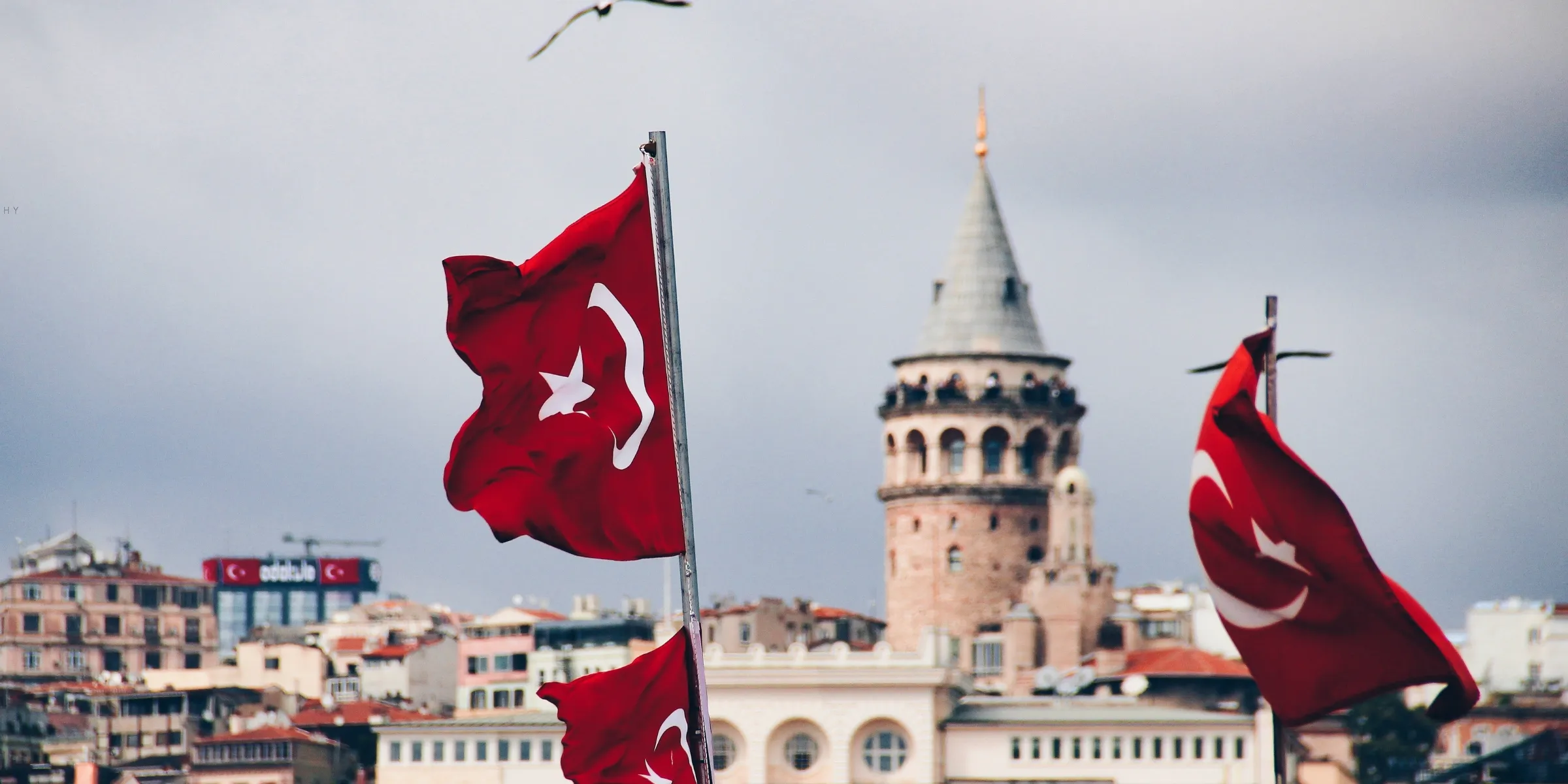Losing a lot of weight is a big achievement, but it can leave behind extra, loose skin that hides results and can be uncomfortable. Post bariatric body contouring is a type of surgery that removes this excess skin and shapes the body after big weight loss. People often consider this option when they want to improve their comfort and appearance after weight loss surgery.
These procedures help smooth and tighten areas like the stomach, thighs, arms, and chest. The goal is to create a more natural look and help people feel better about their bodies. To learn more about how this works and what to expect, you can read about body contouring after weight loss from trusted medical experts.
Understanding what post bariatric body contouring involves can help people decide if it is right for their needs. With the right plan, it is possible to enjoy the benefits of weight loss and feel more confident in your own skin.
Post Bariatric Body Contouring

Post bariatric body contouring helps people improve their appearance after losing a large amount of weight, especially after bariatric surgery. It removes loose skin and may target leftover fat that diet and exercise cannot address.
Definition and Purpose
Post bariatric body contouring is a type of plastic surgery done after significant weight loss. The main goal is to remove excess, sagging skin and reshape the body. People who lose a lot of weight quickly, such as after bariatric surgery, often have loose skin that can’t shrink back on its own.
These procedures help make the body look smoother and more proportional. Surgeons may operate on the abdomen, arms, thighs, breasts, or other areas, depending on each patient’s needs. In many cases, body contouring also improves comfort by reducing skin irritation and problems caused by excess skin.

How It Differs from Other Cosmetic Procedures
Post bariatric body contouring is not the same as regular cosmetic surgery. While both can improve appearance, body contouring after weight loss is usually more complex. The main difference is that these procedures are designed to fix problems caused by rapid or major changes in body size—not just to change the body’s look.
Other common cosmetic procedures, like liposuction or breast augmentation, mainly target fat or shape for people who have not lost a large amount of weight. In contrast, post bariatric contouring must deal with large folds of skin and tissue that are left after major weight loss.
Who Is a Candidate
Not everyone who loses weight is a good candidate for post bariatric body contouring. The best candidates have kept a steady weight for at least six months after their main weight loss. They should be in good health and not have serious conditions that might affect surgery or healing.
People considering this surgery should also have realistic expectations about results. The main benefit is excess skin removal, not further weight loss. They may also need enough protein and nutrients to help the body heal properly.
A plastic surgeon will usually assess the patient’s health, weight stability, and goals before planning surgery. Details about candidacy and requirements can be found through organizations like the UCSF Department of Surgery.
Common Procedures in Post Bariatric Body Contouring
Body contouring after weight loss often involves several focused procedures. Each surgery targets specific areas where loose or extra skin is most noticeable. These procedures help improve comfort, appearance, and hygiene.
Abdominoplasty (Tummy Tuck)
Abdominoplasty, also known as a tummy tuck, removes extra skin and fat from the stomach area. The surgery can tighten stretched abdominal muscles, making the belly look firmer and flatter. Many people who lose a lot of weight have sagging skin in this area, which can cause discomfort and rashes.
This procedure often involves an incision from hip to hip, but the size and shape depend on the patient’s needs. Surgeons carefully close the skin for a smoother look. Patients usually stay in the hospital overnight and may need a few weeks to recover at home. Abdominoplasty is popular for its clear changes in both appearance and how clothes fit.
Lower Body Lift Techniques
A lower body lift is a more involved surgery that focuses on the hips, outer thighs, lower belly, and buttocks. This procedure removes large sections of extra skin and fat all the way around the lower body. People who have lost a great deal of weight often choose this surgery because these areas develop the most sagging skin.
Doctors typically use one long incision that circles the body, allowing them to lift and tighten many areas in one procedure. Sometimes, a lower body lift is combined with a tummy tuck or thigh lift for more dramatic results. Recovery includes managing swelling and wearing special compression garments. A lower body lift offers the most complete results for people with extra skin in more than one place.
Arm Lift (Brachioplasty)
An arm lift, or brachioplasty, corrects sagging skin on the upper arms. Extra skin in this area can rub, causing irritation or embarrassment when wearing short sleeves. The procedure removes fat and skin along the inside or back of the arm between the elbow and armpit.
The incision length depends on how much skin needs to be removed. A thin scar is left, usually on the inner arm, and it fades with time. Arm lifts may be paired with liposuction for best results. People choose brachioplasty to help their arms feel more comfortable and appear slimmer, especially after big drops in weight, according to UCSF Department of Surgery.
Thigh Lift Procedures
A thigh lift targets loose skin and fat on the inner or outer thighs. After losing a lot of weight, the skin on the thighs often becomes loose and may hang down. This can cause discomfort and make exercise or walking harder.
Surgeons make incisions along the inner or outer thighs to remove extra skin and pull the remaining skin tight. Compression garments are usually needed during early recovery to reduce swelling. Thigh lifts can be done alone or with other body contouring surgeries. This helps patients move more easily and helps the legs look and feel firmer, as detailed by Yale Medicine’s Post-Bariatric Body Contouring Program.
Considerations and Recovery
Post bariatric body contouring involves important safety, healing, and outcome factors. Recovery can take several weeks and results may develop slowly over time.
Safety and Potential Risks
Patients should be aware that post bariatric body contouring is a surgical procedure. Common risks include bleeding, infection, and delayed healing. Some people may also experience swelling, bruising, or pain.
Potential Complications:
- Scarring
- Fluid buildup (seroma)
- Loss of skin sensitivity
- Blood clots
A board-certified surgeon should review the patient's medical history and check for any risk factors before surgery. It is important to avoid smoking, as this slows healing and increases risk. Patients should follow all aftercare instructions closely. Any unusual symptoms, such as fever or increased pain, should be reported to their doctor.
Typical Recovery Timeline
Recovery time can vary, but most people need at least two weeks before resuming light activities. Full healing and return to normal activities often take several weeks.
Recovery Milestones:
- First few days: Expect discomfort, swelling, and bruising. Wounds need to stay clean and dry.
- 2-4 weeks: Many patients can return to work if the job is not physically demanding.
- 4-6 weeks: Strenuous activity can usually begin again.
The timeline depends on the type and number of areas treated. Swelling and tightness may last for a few weeks. Wearing compression garments is often required to help with swelling and support healing. Patients need regular follow-up visits with their surgeon to check progress
Expected Outcomes
Results will become more visible as swelling and bruising fade. Most patients see significant changes in the shape and firmness of their body after healing. However, scars will remain where incisions were made, though they fade with time.
The final results typically appear after about three months, once the skin settles and swelling is gone. Only patients with stable weight and realistic expectations tend to be most satisfied with their appearance. Lasting results depend on maintaining a healthy lifestyle.
Procedures are not designed for weight loss but for reshaping areas affected by loose skin and excess tissue, especially after major weight changes
Frequently Asked Questions
Post bariatric body contouring involves decisions about costs, possible results, safety, surgical and non-surgical choices, and planning around weight loss progress. These answers address practical details for anyone considering these procedures.
What are the typical costs associated with post bariatric body contouring?
Costs for post bariatric body contouring can vary. The total price depends on the number of procedures, the surgeon’s fees, hospital or facility charges, anesthesia, and follow-up care.
Many people pay several thousand dollars per area treated. Insurance rarely covers this surgery unless it is medically necessary.
Can you describe the before and after results of body contouring procedures?
Before surgery, patients may have loose skin, folds, or stretched tissues after major weight loss. This can cause discomfort and limit movement.
After body contouring, there is usually less extra skin and a firmer, smoother body shape. Scars are common but often fade over time. Patients report improved comfort and confidence from these changes.
How does non-surgical body contouring differ from surgical options?
Non-surgical methods use treatments like freezing or heating to reduce small pockets of fat. Recovery is quick, but the changes are mild and may require several sessions.
Surgical options remove large amounts of skin and fat and reshape support tissue. Recovery is longer and involves scars, but the changes are more dramatic. Non-surgical treatments cannot fix large folds or sagging skin that surgery addresses.
What are the potential side effects or risks of undergoing body contouring after weight loss?
Body contouring surgery carries risks like any major procedure. Common side effects include pain, swelling, bruising, and scarring. There can also be infections, bleeding, or poor wound healing.
Some people might need follow-up surgeries to correct complications. Talking to a board-certified surgeon is important to learn about personal risks.
Are there weight loss benefits associated with body contouring surgeries?
Body contouring is not meant for weight loss. It is designed to remove extra skin and shape the body after weight has already been lost.
Any fat removed is minor compared to surgical weight loss procedures. People do sometimes find it easier to exercise and maintain a healthy weight after healing, because movement is less restricted by loose skin.
How close to my weight loss goals should I be before considering body contouring?
Doctors recommend reaching or getting very close to a stable weight before body contouring. Most suggest waiting until weight has been stable for at least six months.
START YOUR TRANSFORMATION TODAY!
Submit Your Info for Free Consultation!


.svg)





.svg)








.svg)














